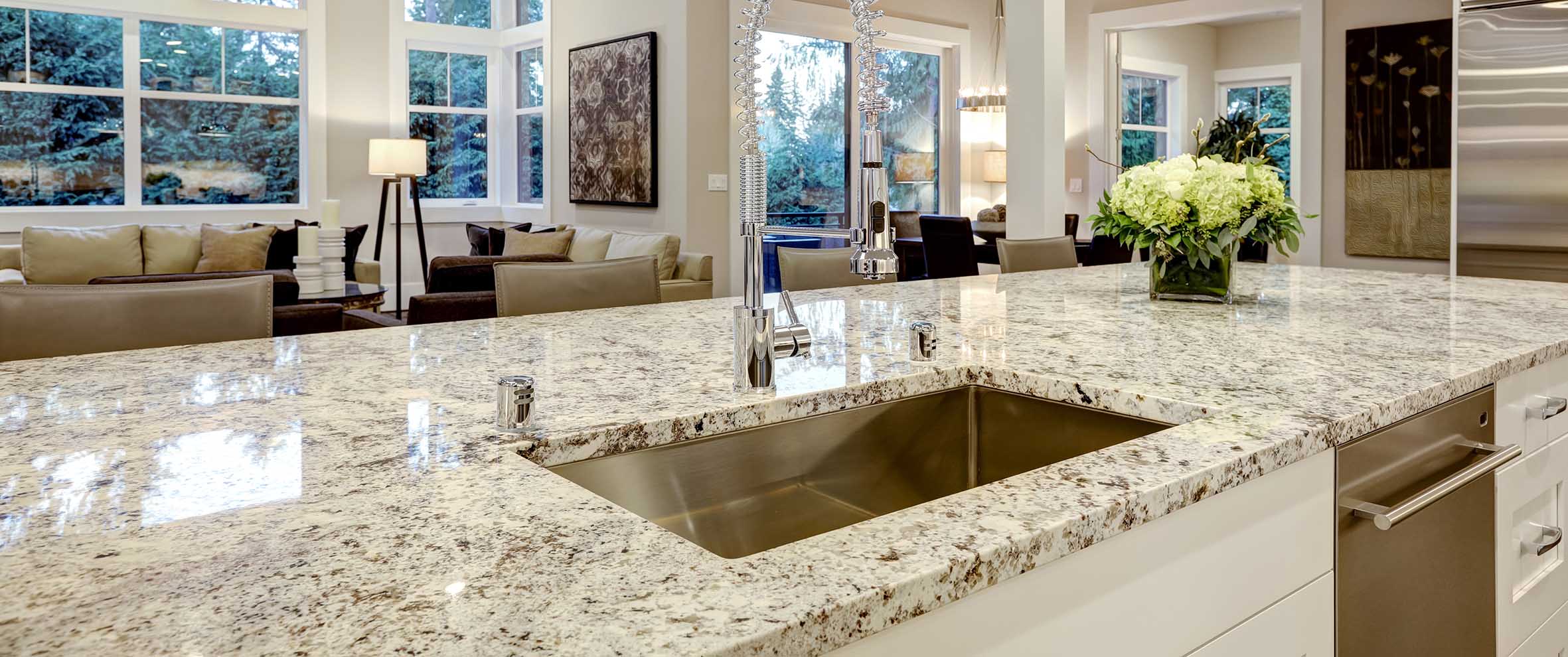Granite countertops have long symbolised refined elegance and polished luxury in kitchens and bathrooms. Most homeowners and developers are fond of their distinct characteristics, including heat resistance, durability and low maintenance.
If you are considering installing granite countertops in your home, learning the processes involved can come in handy!
The Complete Guide
Prepare for Installation
Several crucial steps precede the installation process. First, measure the dimensions of your existing countertop or create a template for custom measurements. Next, choose the type and colour of granite that appeals to your taste or needs. Once you have accurate measurements and preferred granite, find a reputable supplier to purchase the slabs from. FM Marble is a good starting point!
Remove Existing Countertops
If you have existing countertops in place, you must remove them to make room for your new granite surface. Disconnect plumbing or appliances in the way and carefully remove the old countertop to avoid damaging cabinets or walls. It would be best to exercise extra caution while doing this or, better still, engage a professional for a smooth transition.
Prepare the Substrate
Once the old countertops are out of the way, inspect the substrate. It should be dry, well-levelled and sturdy enough to accommodate the weight of the granite countertop. Make necessary adjustments and repairs where necessary before proceeding to the next step. You may reinforce the cabinetry if additional support is needed.
Template and Cut
 Before you rush off and cut the slabs, create templates for your countertops. Templating ensures a precise fit and minimises errors during the cutting stage. Professional stonemasons are best at handling this step as they have advanced tools and the expertise to do a perfect job.
Before you rush off and cut the slabs, create templates for your countertops. Templating ensures a precise fit and minimises errors during the cutting stage. Professional stonemasons are best at handling this step as they have advanced tools and the expertise to do a perfect job.
Install the Granite
Once the slabs are cut to exact measurements, prepare to install them on the prepared substrate. You need all the precision you can muster and expertise to execute this step. This is because granite is “heavy-duty” and may easily crack when mishandled. Again, it is best to engage seasoned installers who use specialised equipment to lift and position the granite slabs carefully.
Seal and Polish
It is no news that granite is a porous material susceptible to spills and stains. However, sealing protects it against spills and stains. After installation, apply a top-quality sealant to the granite’s surface and allow it to dry completely. Next, polish the surface for a sparkling shine.
Reconnect Plumbing and Appliances
Once your granite countertops are securely in place, reconnect the plumbing and appliances you removed. Carefully re-install sink faucets and cooktops and replace other appliances you may have removed.
The Bottom Line
Installing granite countertops is a straightforward but tasking procedure. It is a fun and exciting undertaking but requires expertise and technical know-how. Follow this guide and engage seasoned professionals for a durable, scratch-resistant, sparkling granite countertop. Remember, granite countertops are a worthy investment, and proper installation, care and maintenance guarantee a stunning centrepiece for your kitchen and bathroom!
Secret Spanish dishes you need to try





